Donald Trump and Kim Jong-un’s Singapore summit: what’s at stake, what will happen and everything else you need to know
TWO of the world’s most unpredictable leaders, Donald Trump and Kim Jong-un, will have a breakthrough meeting next week. We explore what’s at stake, what will happen and if this could finally mark the end of a decades long Korean war.
World
Don't miss out on the headlines from World. Followed categories will be added to My News.
OF all the outrageous pledges Donald Trump made when he was running for office, the most seemingly farfetched was his promise to resolve the North Korea issue that had vexed American presidents for decades.
Pyongyang has been at war with much of the world for almost 70 years, but after Kim Jong-un took over from his dictator father in 2011, the rogue state’s nuclear ambitions and capabilities intensified to the point they had been deemed the greatest threat to international security.
Fast-forward 19 months from Mr Trump’s election win and the man his critics deride as ludicrous and incapable is on the cusp of delivering what many believed impossible: concrete steps to peace with North Korea.
MORE: Is Kim just misunderstood?
MORE: Kim Jong-un ‘got on his hands and knees’ and begged for summit
MORE: Why Kim will never give up his nukes
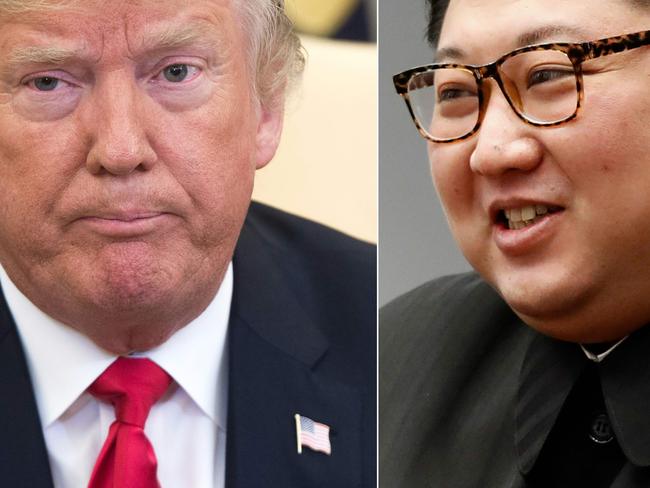
When Mr Trump and Kim meet for the first time on the palm-fringed island of Sentosa off Singapore on Tuesday morning, it will be one of the biggest diplomatic encounters of the 21st century.
“A major step forward is about to be taken,” Japanese Prime Minister Shinzo Abe said yesterday at the White House.
“Donald, President Trump, you are about to make a new history. Not only Japan, but the whole international community is strongly looking forward for the United States-North Korea summit to open doors toward peace and stability of the Northeast Asia.”
Next week’s bilateral is no less remarkable because of the rocky lead-up to the event, including this week when Trump’s personal lawyer Rudolph Giuliani lobbed a last minute, summit-threatening insult at Kim that he had “got back on his hands and knees and begged for it, which is exactly the position you want to put him in”. (North Korea did not respond to the comment and Secretary of State Mike Pompeo yesterday said the colourful former New York mayor had nothing to do with foreign affairs).
The historic meeting comes after months of mudslinging between the two leaders. Trump had labelled Kim “Little Rocket-man” and threatened “fire and fury like the world has never seen”, while Kim called Trump a “dotard” and questioned his sanity.
A thawing came in March at the White House, when South Korean President Moon Jae-in — who has steadfastly worked toward rapprochement since his election last year — passed on his northern neighbour’s desire for a meeting with President Trump, to which Trump agreed.
But when the North Korean delegation stood up an advance US party in Singapore last month, threatened to renew nuclear testing and then sent a Pyongyang spokeswoman out to call US Vice President a “dummy”, President Trump abruptly cancelled through an open letter.
Frantic negotiations followed by a conciliatory letter and visit from a senior North Korean delegation convinced Trump to return to the party, which begins at 9am local time Tuesday at the ultra-luxe Capella Hotel on Sentosa.
Delegations from the US and North Korea have spent weeks scouting locations and crunching through the tightly wound points of protocol whose importance cannot be overstated, given the personalities involved.
The question of who would foot the bill was an early issue, given impoverished North Korea typically insists its leadership does not fund its own travel. With the symbolism of who has the upper hand at any point central to the success of the summit, there was also no question Kim’s party could take money from the Americans.
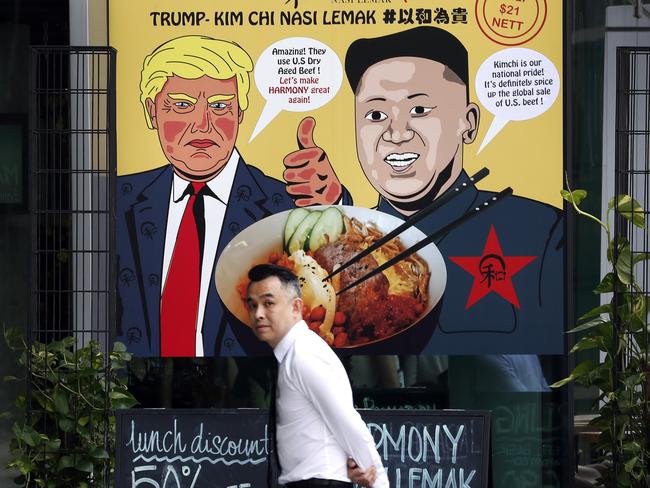
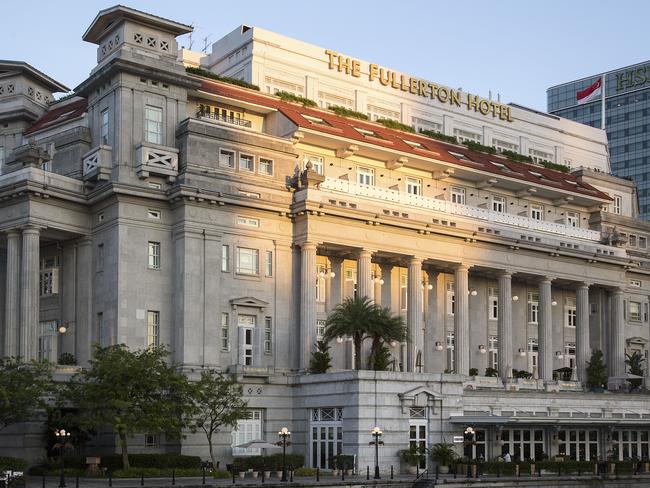
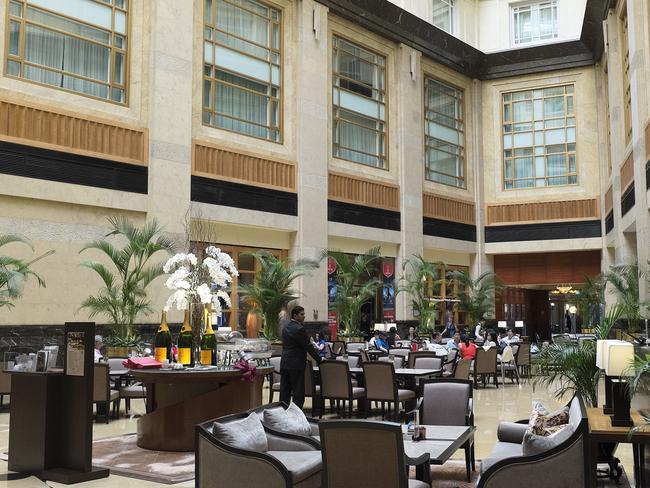
Singapore stepped up last week and confirmed it would be funding most of the cost of the summit, including accommodation, transport and the enormous security presence.
Expectations vary widely about what the hastily arranged, on-and-off summit between two of the world’s most volatile and unpredictable leaders will achieve.
America says the only way to remove the crippling sanctions that bought North Korea to the negotiating table is complete denuclearisation, something to which Secretary of State Mike Pompeo says Kim had agreed in their two meetings.
“He has indicated to me personally that he’s prepared to denuclearise. That he understands that the current model doesn’t work,” Mr Pompeo said yesterday at the White House.
“That he’s prepared to denuclearise and that, too, he understands … that this has to be big and bold and we have to agree to making major changes.”
But even if North Korea were to co-operate fully and agree to surrender its entire nuclear arsenal and destroy its nuclear capabilities, such a process would take years, according to Daryl Kimball, who has researched nuclear disarmament for two decades.
“It’s certainly possible for the vast bulk of the work to be completed in two years, but some projects like decommissioning a reactor and dismantling a plutonium separation facility will take much longer,” Mr Kimball, executive director of the Arms Control Association, told a US public radio station.
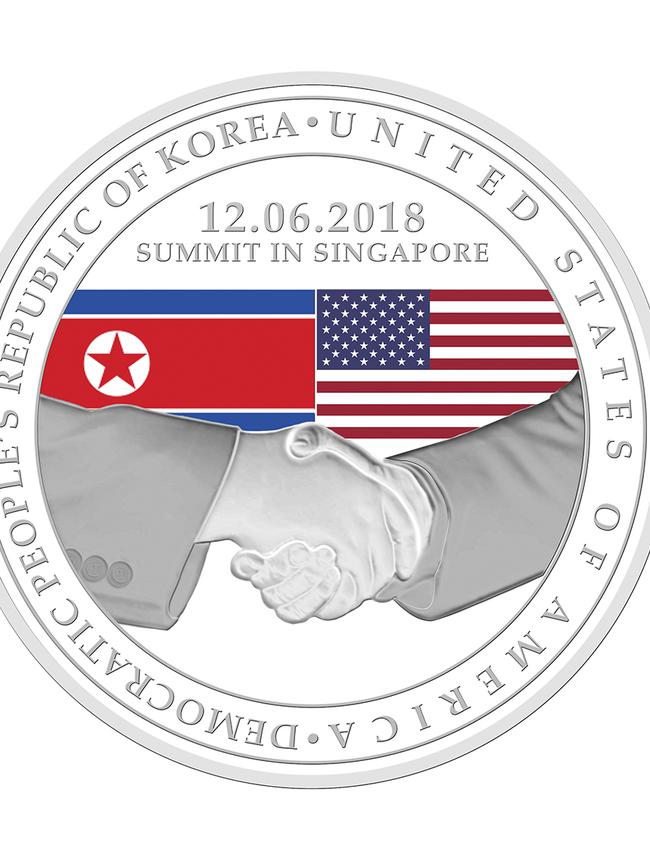
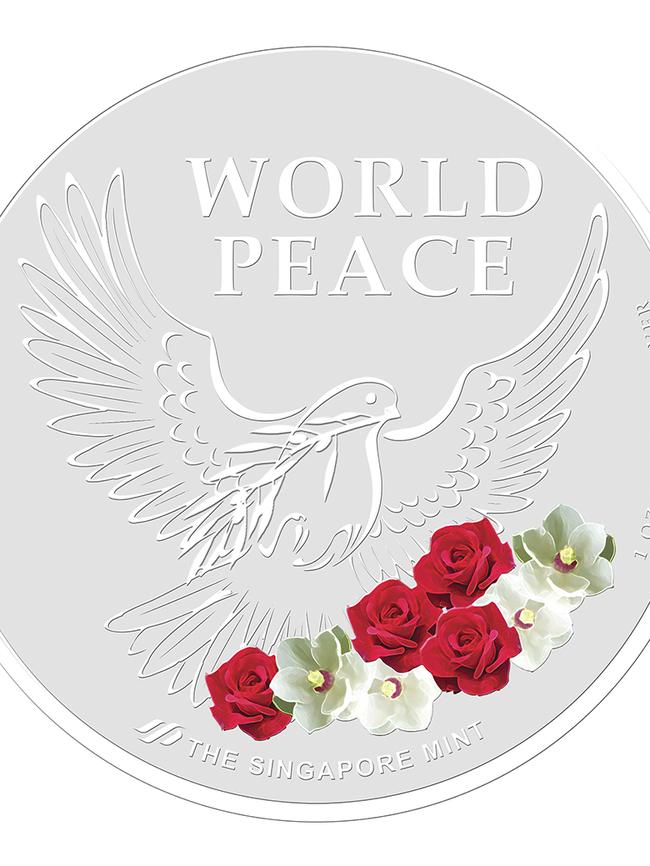
The White House remains coy about the detail of their proposed agreement. Secretary Pompeo yesterday said progress had been made to gulf the difference between what the US considered denuclearisation and what Pyongyang was seeking, which was the removal of American nuclear weapons from South Korea.
But the likely model would be a multi-step process that would start with Pyongyang signing a legally binding agreement that would begin with freezing production and testing. Kim would also need to agree to stop producing enriched uranium and plutonium and to stop testing the intercontinental ballistic missiles, which in the past year were proved capable of reaching mainland USA.
Following the summit, Secretary Pompeo will fly on to China, Japan and South Korea to meet with key regional players on the next steps in the diplomatic efforts.
“I will provide an update and underscore the importance of implementing all sanctions imposed on North Korea,” Mr Pompeo said.
The more likely short-term outcome could be a formal declaration to end the war between North and South Korea, because while the Korean War, which ran for three years from 1950, ended with an armistice, there was no formal peace treaty.
After meeting yesterday with Japanese Prime Shinzo Abe, Mr Trump said “we could absolutely sign an agreement” to normalise relations with North Korea.
“We could sign an agreement. As you know, that would be a first step. It’s what happens after the agreement that really is the big point,” he said.
“We’re looking at it. We’re talking about it with them. We’re talking about it with a lot of other people. But that could happen. But that’s really the beginning. Sounds a little bit strange, but that’s probably the easy part; the hard part.”
This reporter is on twitter @sarahblakemedia


